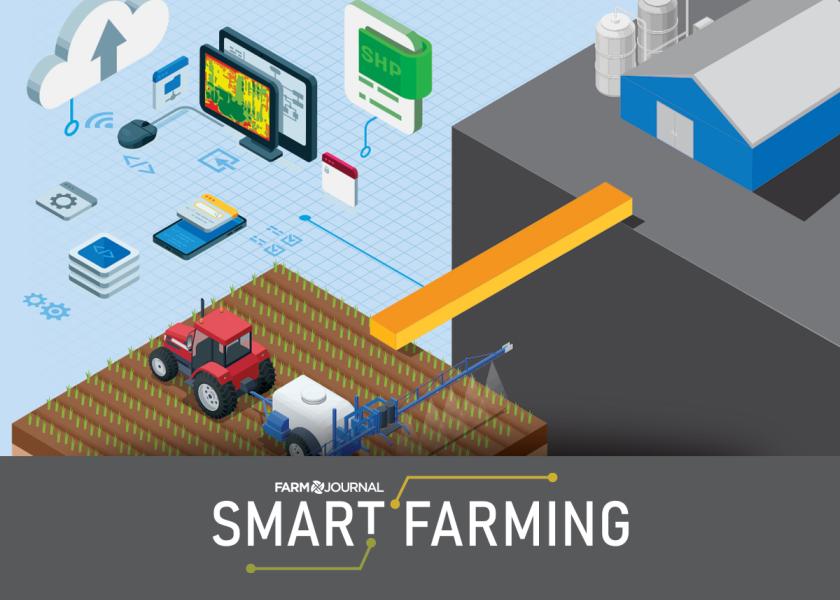Here's How to Bridge the Data Gap With Your Ag Retailer

Farm Journal’s Smart Farming Week is an annual week-long emphasis on innovation in agriculture. The goal is to encourage you to explore and prioritize the technology, tools and practices that will help you farm smarter. Innovation today ensures an efficient, productive and sustainable tomorrow.
There continues to be an assumption by those outside of production agriculture’s inner circle that the farmer has complete possession and control over their farm’s digital data. Reality begs to differ as many important pieces of digital field data are created and retained by someone other than the person actual farming the fields.
This large data gap has been exposed by outsiders because an expanded digital dataset is need-ed for emerging sustainability and carbon credit programs to be viable. For you to be a player in these sorts of programs, someone other than your agronomist wants and needs your data.
Fertilizer and crop protection applications are considered key cogs in most sustainability and carbon credit programs. However, because an overwhelming number of acres are applied by local ag retailers and independent applicators, handing off digital records of such field activity to the farmer has been sketchy at best — at least up until now.
Being in control of your data means having complete access. Today, the definition of access is having a digital file of the actual field activity that was performed by a third party — whether that was a anhydrous application or spraying on a biological midseason. A paper map or, worse yet, a bill, is no longer the documentation standard.
To clear the higher bar currently being set, there is no time like the present to have a heart-to-heart conversion with your ag retailer and others in your inner circle about what is expected of them regarding data transparency and data delivery back to you. Here’s what you need to ask for:
1.) Will the data contain following? Date applied, product(s) applied, actual rates, field totals and the actual GPS point-by-point data are must-haves.
2.) How will the data be delivered to me? Access via the cloud or online portal is preferred. USB storage will work, but the potential for data loss or failed transfers is much higher.
3.) Will I be able to download the dataset and send to other parties? Being able to download an electronic field activity dataset from a trusted third-party provider is key to assembling a complete record of the products applied on each field. Being able to share such data with other par-ties is critical for added-value opportunities.
4.) In what file format will data be delivered? It is best to request your electronic field records in the most common data formats. By default, the ESRI shapefile is the most prolific format and a good choice when requesting your data be shared with you. The other even more basic format are text files, which can be delivered via.txt or .cvs files.
Getting the right answers to these questions are and will be extremely important to make sure you secure your farm’s future by gathering a complete digital dataset.
Here are a few more stories to help you farm smarter:
8 Field Activity Data Types You Need to Collect Now







